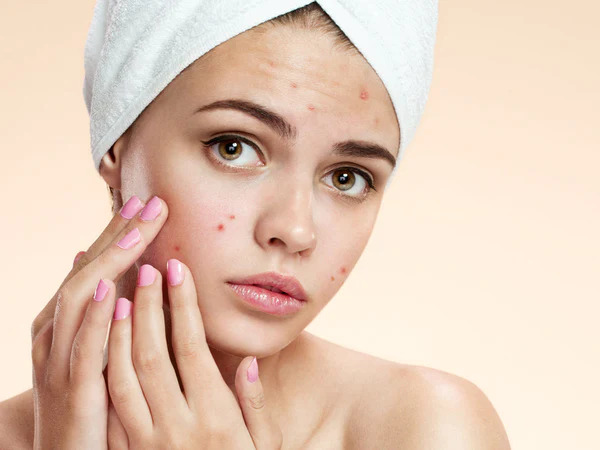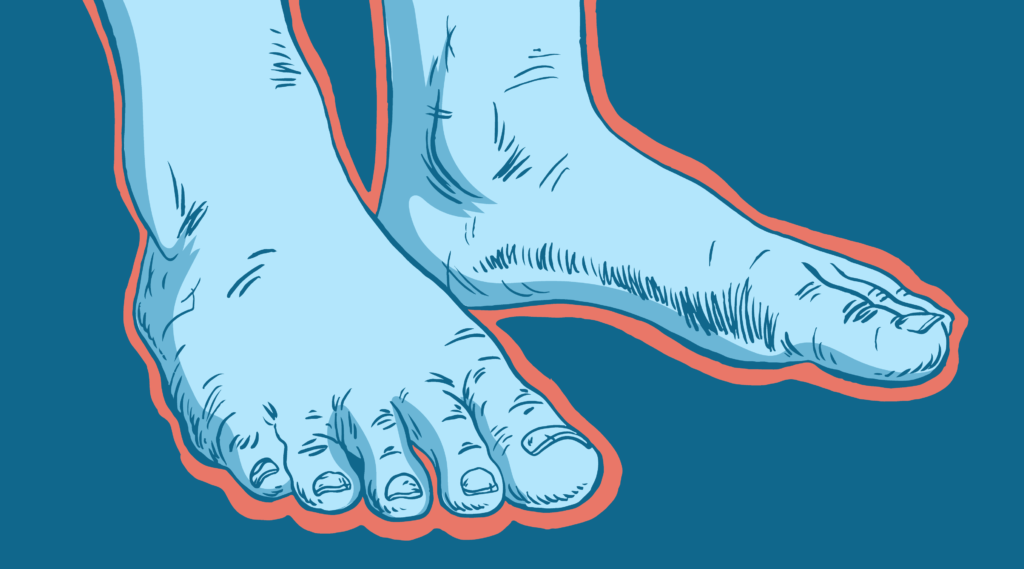It can be alarming when your brush seems to hold more hair than your scalp does. The good news is that some hair loss is to be expected (the average person loses up to 150 strands a day). If you’re shedding significantly more than that, however, any number of physiological or psychological factors could be to blame. But you don’t have to tear your (remaining) hair out. Whatever the cause, there are strategies that can help.

What’s normal?
First a bit about your hair’s natural growth cycle: Each strand grows for several years, and then enters a resting phase for three to four months before it is finally shed. Next, the follicle begins to grow a new hair and the cycle begins again. Different strands of hair are in different phases of the growth cycle at any given time, which is why you don’t go bald every few years.
What’s not normal?
If you notice your part widening, your scalp showing through at your crown, or the hair at your temples receding, you may have an issue. Here are a few possible culprits. Consult your doctor who can help you get to the root of the problem.
Genetics
Female-pattern hair loss – androgenetic alopecia – is the most common form and causes the hair on top of the head to thin. The gene can be inherited from either your mother’s or father’s side of the family, though you’re more likely to have it if both of your parents had hair loss.
Hair loss can be slowed down by applying minoxidil (Rogaine) to the scalp twice a day. The drug works on both women and men, although women should use a lower-strength formula to prevent unnecessary side effects. Women should not use minoxidil if they are pregnant or nursing.
Stress
Hair loss can occur after a significant physiological strain, such as a prolonged illness or crash dieting, which may leave you deficient in iron, B12, or protein – all vital to healthy hair growth. An emotionally trying event, like a divorce, can also lead to all-over thinning three to four months later, when the hairs that were forming under the scalp at the time finally make (or don’t make) their appearance. Usually the hair will grow back in a few months. If a nutrient deficiency is the cause, your doctor can help you supplement your diet.
Brushing or Pulling
Brushing hair too vigorously or wearing tight braids or ponytails can pull hair out in patches, a condition called traction alopecia. However, the hair will grow back when the repeated tugging stops.

The Immune System
With alopecia areata, a woman’s immune system attacks her follicles, resulting in round patches or clumpy hair loss. Alopecia areata is usually treated with corticosteroid injections by the doctor. In some cases, minoxidil (Rogaine) may also help. It’s also important to reduce stress.
Polycystic Ovarian Syndrome
The condition, which can begin as early as age 11, is caused by a hormonal imbalance in which the ovaries produce too many male hormones. PCOS often causes infertility.
Most cases of PCOS are treated with birth control pills such as Yasmin, which contains a potent anti-androgen that blocks testosterone. If you can’t use birth control pills, your doctor may prescribe spironolactone (Aldactone), which also blocks male hormones. Losing weight can also help by decreasing the effect of the male hormones.
Iron Deficiency Anemia
Women who have heavy periods or don’t eat enough iron-rich foods may be prone to iron deficiency, in which the blood doesn’t have enough red blood cells. Red blood cells transport oxygen to cells throughout your body, giving you the energy you need.
Eat iron-rich foods such as beef, fish, leafy greens, fortified cereals, and beans – preferably, along with foods rich in vitamin C, which enhances iron absorption. Women need 18 mg of iron a day, 8 mg after menopause; ask your doctor if you should take an iron supplement. You can also find supplements specifically for hair loss; key ingredients may include biotin, silica, and L-cysteine, in addition to iron.
Hypothyroidism
Millions of people, most of them women, suffer from thyroid disease. When your body produces too little thyroid hormone, the hormone responsible for metabolism, heart rate and mood, you are said to have hypothyroidism, or an underactive thyroid. If your body makes too much of the hormone, you’re said to have hyperthyroidism, or an overactive thyroid. Thyroid hormone is responsible for everything from your basal metabolic rate – the rate at which your body uses oxygen and energy to function – to the growth of your hair, skin and nails. But when you don’t have the right amount, you may notice changes in bodily functions.
Your doctor may prescribe a thyroid hormone medication to restore levels to normal. Regular TSH tests might be done to ensure an adequate dosage.








